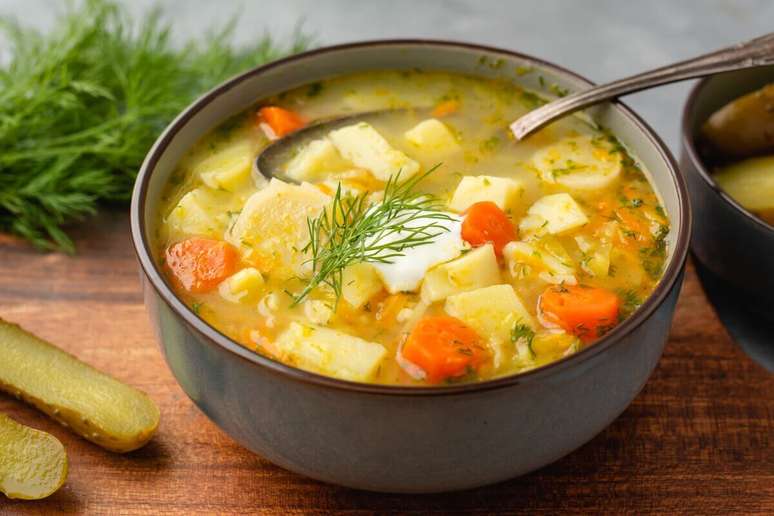Dishes made from this material are also appreciated and popular. But don’t ignore that aluminum is a neurotoxin that can interfere with the body’s natural detoxification processes because it replaces other types of trace minerals. In addition, aluminum accumulates in the body and can lead to the development of complex diseases.
The main disadvantage of this metal is that it quickly oxidizes upon contact with even weak food acids, which leads to the production of substances harmful to health during the heating process. When exposed to a humid environment, copper also oxidizes: this is easily noticed by the appearance of a patina on the surface of the dishes – a green coating. This property makes it dangerous for cooking.
Copper utensils are also not suitable for preserving food – important vitamins are lost, and polyunsaturated fatty acids under the influence of copper are oxidized and form free radicals – compounds that are extremely harmful to health.
The list of harmful utensils can be endless, but it’s easier to tell which materials are safe. Among them:
Melting
It is a very heavy metal. But it heats up slowly and evenly, does not emit harmful substances, and food almost does not burn during cooking. The only thing is that you have to take care of it. Since cast iron tends to rust quickly from water, do not let the dishes get wet, wash them immediately and dry them.
Steel
You can store and cook any type of food in this dish. It is considered quite safe, but it is important to check the build quality. The only thing is to refrain from cooking hot and sour dishes in steel dishes, because when the temperature increases, vegetable juices can react with metal ions and form harmful salts.
Organic ceramics
Important! We are talking specifically about organic ceramics. It is the safest, it practically does not emit harmful substances. Only cookware with surface patterns should be treated with care, as paints often contain lead and cadmium, which are harmful. Ceramics are quite durable, do not react with products and do not change their taste. But here too there is no need to use metal utensils for cooking, so as not to damage the coating.
Enameled kitchen utensils are considered relatively safe, but any chips or cracks are a reason to get rid of them so as not to saturate your body with metal ions.
A competent approach to selection and use
Even if the cookware is made from safe materials, it is important to consider the manufacturer’s information and certification when choosing. You can ask the seller for relevant documents confirming the safety of the dishes. If it has been tested and has a declaration of conformity, it usually carries a special PCT mark.
When choosing products for cooking, give preference to those made from a single material, that is, without coating. It would also be good to study manufacturers in order to find out those who have been on the market for a long time, have proven themselves well and have been producing dishes for more than a year.
To minimize any health risks when cooking, cook over medium heat, or preferably low. There is no need to heat cookware, even if it is made of safe material. Be sure to open a window or turn on the kitchen hood when preparing food. Use silicone or wooden tools when preparing dishes to avoid damaging the coating. When washing dishes, you should not use metal sponges to remove stubborn dirt for the same reason.
And especially! Under no circumstances should you use cookware with damaged coatings – they should be thrown away immediately. Remember that good, safe meals are an investment in your health. It is better to spend money on purchasing a very high-quality frying pan than to spend a lot of time researching the causes of diseases and undergoing treatment.
Well, and of course, pay attention to the composition of the products themselves! Here again, the logic doesn’t work: “They sell, that means it’s possible.” However, your health is solely your responsibility.
Find even more interesting news in our Telegram channel!








